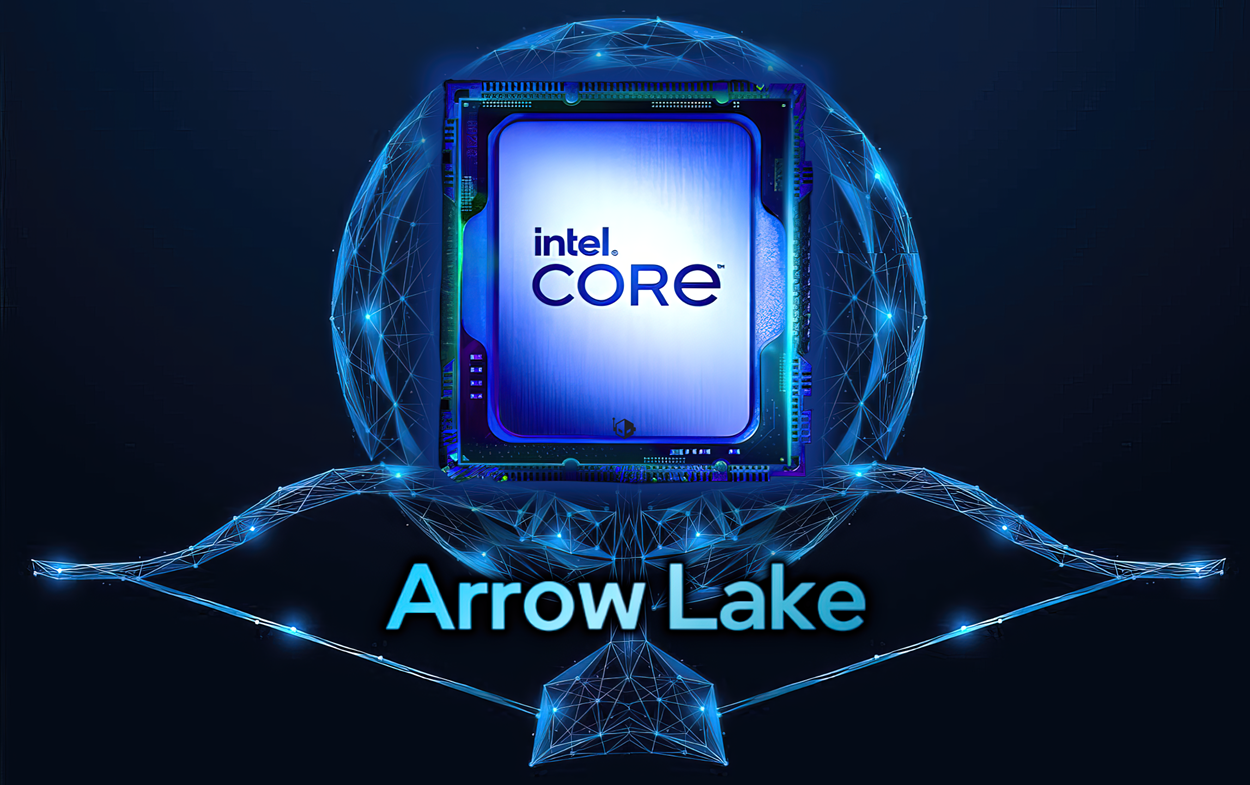
Intel’s next-generation Arrow Lake processors could be something quite different from the norm. With most new CPUs lines you can take a pretty good guess about what you can expect in terms of performance and features. A little more here, a little more there. But not Arrow Lake. Intel hasn’t revealed all the details about its 15th generation of desktop and mobile processors, but what it has told us and what we’re hearing through leaks and rumours, points to a real revolution in Intel’s CPU design, rather than a mere evolution of what’s come before.
It’s not just the suggestion that we might see a more than 30% uplift in raw performance from these chips; it’s not just the new architecture; it’s not just the much more advanced process node they’ll be built on, but Intel will also be dropping one of its most long-standing technologies, and it will enhance AI performance by leaps and bounds. The potential for this next generation is huge, to not only take the fight to AMD’s current and future flagship designs, but to change the role of the CPU in modern devices, to make it more the central processor that its name suggests.
Here’s everything we know about Intel Arrow Lake so far, and why you should be very excited.
Pricing and release
Intel hasn’t confirmed a final release date or launch window for Arrow Lake, but all signs point to a Q4 2024 debut of at least a few of the most important K-series models. Wider availability and a more fleshed-out mid-range and entry-level Arrow Lake line-up may have to wait until Spring 2025.
Intel made an ambitious claim in 2021 that it would catch up to TSMC’s lead on process technology, by launching five of its own process nodes within a four year span. Despite that rather lofty ambition, Intel is on track to meet it, having debuted Intel 7, Intel 4, and Intel 3 nodes in the past three years. But it will need to get Arrow Lake out the door before the end of 2024 if this roadmap continues to be accurate.
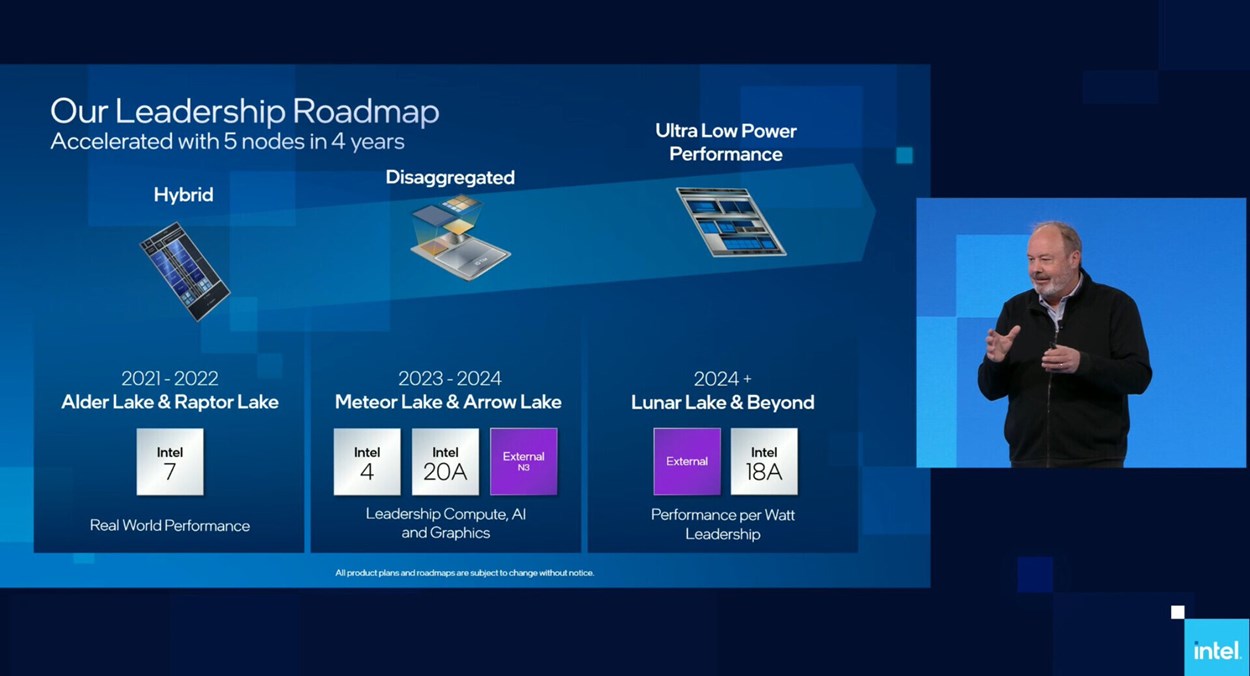
That release window would line up with the last three generations of Intel CPUs, too, which all launched in the Autumn months. Arrow Lake making an appearance in October or November, would also see it launching almost alongside AMD’s Zen 5. If Zen 5 is as powerful as we expect it to be, Intel will need a response to remain relevant at the high-performance end of the spectrum.
As for pricing, that’s likely to remain about the same as we’ve seen in recent generations. Intel has retrained relatively comparable pricing for its 12th, 13th, and 14th generation CPUs. That would suggest we’ll see what Intel would traditionally call its top Core i9 models priced around the £500-600 mark, the Core i7s around the £380 mark, and the Core i5s between £200 and £300. The potential for a naming convention change to the new Core Ultra moniker Intel has been using for its Meteor Lake mobile processors may complicate matters there, but with increasing competition from AMD on both desktop and mobile, Intel seems unlikely to dramatically increase the cost of its processors.
What’s new?
In short, a lot.
For starters, Arrow Lake is stated to be based on a new LGA 1851 socket design, giving it many more pins to work with than the existing LGA 1700 socket of the 12th, 13th, and 14th generation Intel desktop processors. It will also be based on a new process node, but there is some speculation about what that will be. Some recent rumours point to the use of a TSMC 3nm node for the CPU, and a TSMC 4nm node for the integrated GPU.
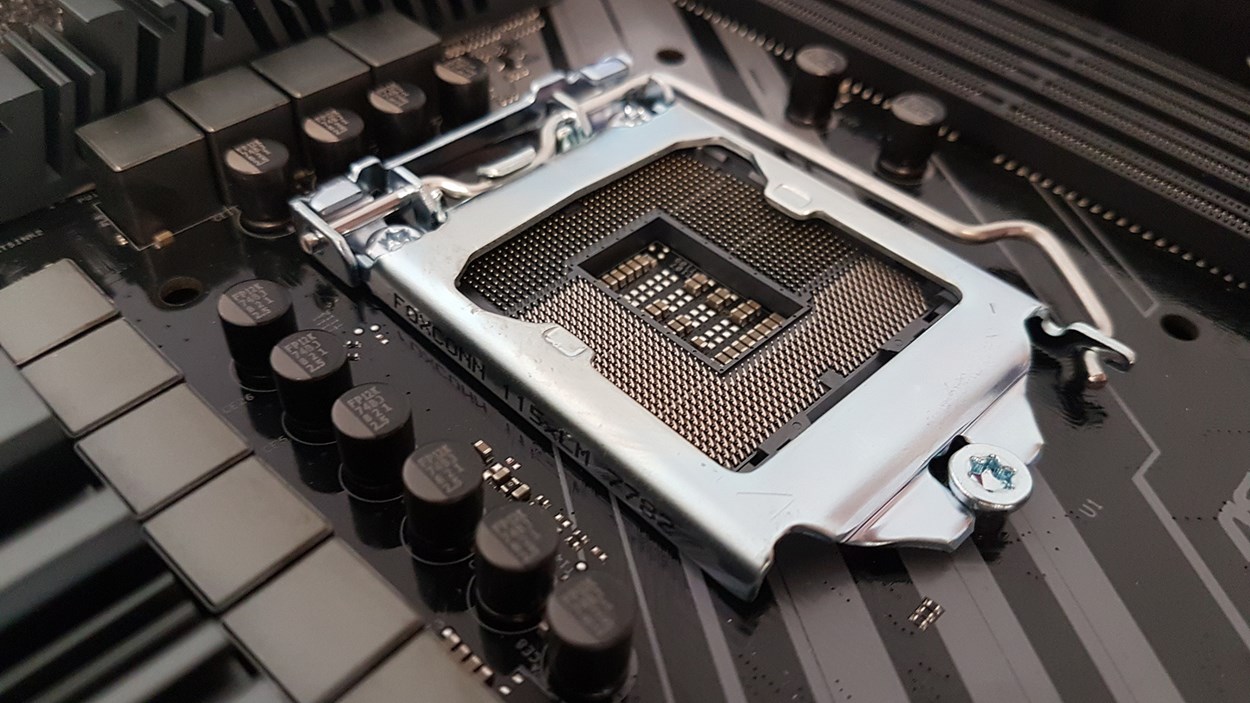
However, the stronger, longer-term rumour that fits with Intel’s plan for five nodes in four years, is that Arrow Lake will instead be based on the Intel 20A node. This is the first of its “Angstrom Era” process nodes that utilizes a new naming convention since we’re approaching a point in time where sub-1nm process node naming isn’t far away, so switching from 2nm to 20A gives greater scope for more nuanced process names. While there is an argument to be made that such measurements are arbitrary and not necessarily indicative of the real size of a node and the potential for greater performance and efficiency, it is safe to say this is the most advanced and compact process node Intel has yet used on any consumer processors.
Intel will also introduce new architectures for both its performance cores and efficiency cores. The former will be based on a next-generation Lion Cove design, while the latter will utilize the new Skymont architecture. There is the potential for low-power efficiency cores on Arrow Lake mobile CPUs, too, which would allegedly use the Crestmont architecture.
Something that won’t change, however, is core counts. While there were some rumours we’d see CPUs with eight performance cores and up to 32 efficiency cores, some leaked engineering sample details of an alleged 15900K CPU suggest it has eight performance and 16 efficiency cores; The same count as the 14900K 13900K models.
One of the biggest changes this generation however, could come from Intel allegedly ditching its simultaneous multithreading technology, Hyperthreading. This is a technology to enhance multi-threading performance that has been a major feature in most Intel CPU generations since the Pentium 4 days in the early-2000s. Arrow Lake will reportedly drop this feature in its entirety, despite claims of a major increase in multi-threaded performance.
That’s doubly impressive since there are rumours that Intel will also lower the clock speed for its top chips this generation. While north of 5GHz seems likely, we may not see the 6GHz mark crested while Intel works on improving efficiency over the past few generations, which have been notoriously power hungry and hard to cool effectively.
Feature wise, Arrow Lake looks set to officially drop DDR4 memory support, making its future LGA 1851 socket a DDR5-only platform. We should also see greater support for PCIExpress 5, and new connection technologies like Thunderbolt 4 (and maybe even Thunderbolt 5), as well as USB4 and the new higher-speed versions of those ports.
We can also look forward to a neural engine borrowed from Meteor Lake designs to enhance local AI performance, and a next-generation of Intel arc graphics, known as Xe-LPG, which could make Arrow Lake CPUs a viable replacement for entry-level graphics. AMD best watch out in the portable gaming space, as Arrow Lake may well offer stiff competition there.
Are there any other Intel CPU releases in 2024 we can expect?
An interesting wrinkle in the Arrow Lake launch plans are that it may not launch alone. Whether it debuts this side of 2025 or not, Intel will reportedly also be debuting another new design that may extend the life of its LGA 1700 socket a little longer.
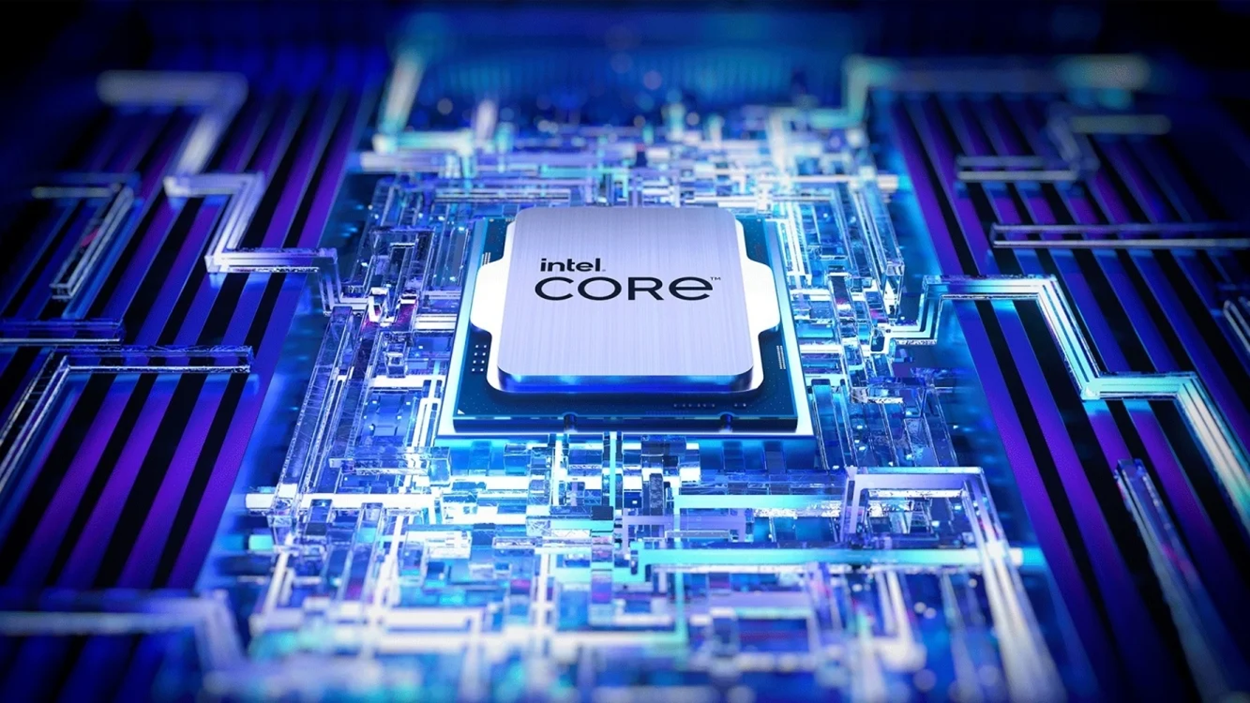
Bartlett Lake will reportedly be based on an updated version of Raptor Lake silicon, much like Meteor Lake was for mobile. That should give it support for DDR4 memory, and there are rumours of only performance core versions which will offer greater gaming performance at the expense of the multi-threading power Intel has generated with its additional efficiency cores in recent generations.
That could make these chips a real gaming PC powerhouse, but details remain extremely thin on the ground about whether these CPUs even exist. Surely they would eat into the launch of Arrow Lake if launched at a similar time? It might be a nice send off for LGA 1700 if true, but we’ll file this one under heavy scepticism until we hear from Intel.
How will Arrow Lake compete with AMD?
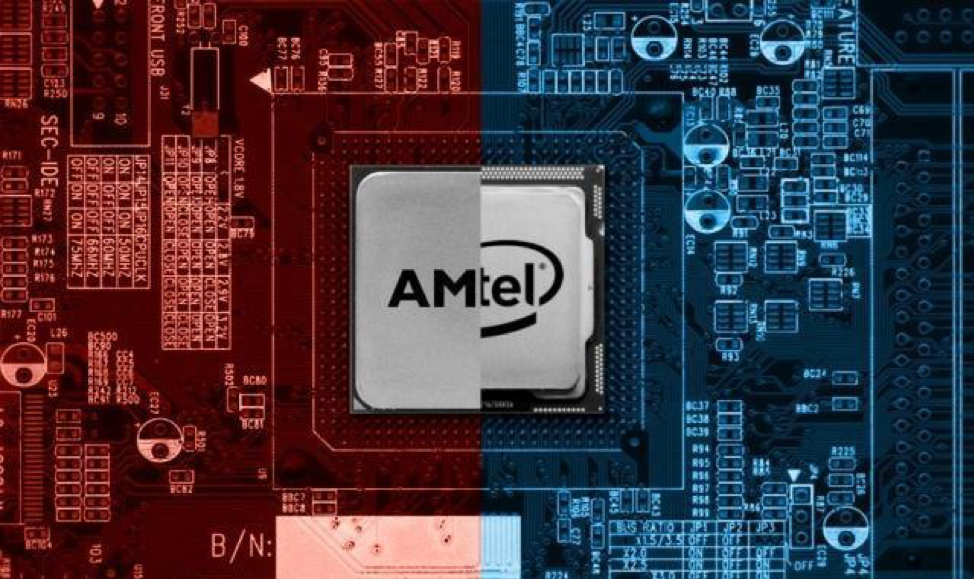
This is always the big question with every new generation of processors: How will they compete? As it stands, Intel holds the raw performance crown in most tasks outside of gaming with its 14900K and special edition CPUs and is competitive in the mid-range at just about everything, although efficiency isn’t its strong suit. AMD’s Ryzen 7000 generation offers decent performance in productivity tasks, but steals the gaming crown with its 7800X3D and 7950X3D CPUs, which offer slightly better gaming performance at a much lower power draw.
If Arrow Lake can deliver the 30%+ performance uplift that rumours suggest, especially if doing so at a lower clock speed, then it should have no trouble beating out every top processor available today.
But the landscape could look very different by the time Arrow Lake debuts later this year. AMD’s Zen 5 CPUs are on track for a Q3 release, which should give AMD a head start on the next-generation. AMD has made bold claims about the capabilities of its future Ryzen 8000/9000 processors, while rumours point to large jumps in instructions per clock thanks to an increase in L1 and L2 cache sizes per core. All-core boost clocks are also said to have seen a major improvement, even if individual core clocks may not increase by much, if at all.
Other rumours suggest AMD may follow in Intel’s footprints with a multiple architectural design for Zen 5, including both larger Zen 5 performance cores, and smaller Zen5C efficiency cores. This hasn’t been confirmed, but would pose a threat to Intel’s dominance in the productivity space if AMD can significantly increase core counts on some of its next-generation processors.
Intel processors have been developed with this multiple architectural design for several generations, so we will have to wait and see how well such an initial implementation turns out. However, AMD would be bringing such a design to a Windows environment which has been working with multiple CPU architectures for several years, with a much improved scheduler. That could allow AMD to hit the ground running in ways that Intel’s 12th generation could not.
Regardless of what CPUs AMD starts its Zen 5 generation with, though, Intel will also need to look out for its X3D Zen 5 refresh, which is likely to happen in Spring 2025. Just like Zen 4 saw a huge increase in gaming performance with its X3D designs, if Intel can take back the gaming crown with Arrow Lake, it will face much stiffer competition when the middle of 2025 rolls around.
Conclusion – 2024 is shaping up to be an exciting year
There is a lot of exciting technology set to debut in 2024, and many of it in the PC components space. We’ll see new graphics cards, and new processors from all the major players, and with Intel and AMD each making bold claims about their next-generation designs, there’s going to be a lot to discuss as each technology makes its debut before the end of the year.







